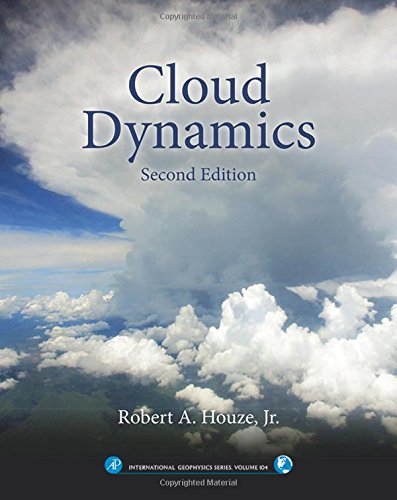

Most ebook files are in PDF format, so you can easily read them using various software such as Foxit Reader or directly on the Google Chrome browser.
Some ebook files are released by publishers in other formats such as .awz, .mobi, .epub, .fb2, etc. You may need to install specific software to read these formats on mobile/PC, such as Calibre.
Please read the tutorial at this link: https://ebookbell.com/faq
We offer FREE conversion to the popular formats you request; however, this may take some time. Therefore, right after payment, please email us, and we will try to provide the service as quickly as possible.
For some exceptional file formats or broken links (if any), please refrain from opening any disputes. Instead, email us first, and we will try to assist within a maximum of 6 hours.
EbookBell Team

0.0
0 reviewsAs models of the Earth/atmosphere system and observations become ever more sophisticated, and concerns about climate change and societal impacts of extreme weather and its forecasting grow, understanding the role of clouds in the atmosphere is increasingly vital. Cloud Dynamics, Second Edition provides the essential information needed to understand how clouds affect climate and weather.
This comprehensive book examines the underlying physics and dynamics of every specific type of cloud that occurs in the Earth's atmosphere, showing how clouds differ dynamically depending on whether they occur over oceans or mountains, or as parts of atmospheric storms, such as thunderstorms, tropical cyclones, or warm and cold fronts. Covering both the microphysical and macrophysical aspects of clouds, the book treats all of the physical scales involved in cloud processes, from the microscale of the individual drops and ice particles up to scales of storms in which the clouds occur.
As observational technology advances with increasingly sophisticated remote sensing capabilities, detailed understanding of how the dynamics and physics of clouds affect the quantities being measured is of paramount importance. This book underpins the work necessary for proper interpretation of these observations, now and in the future.